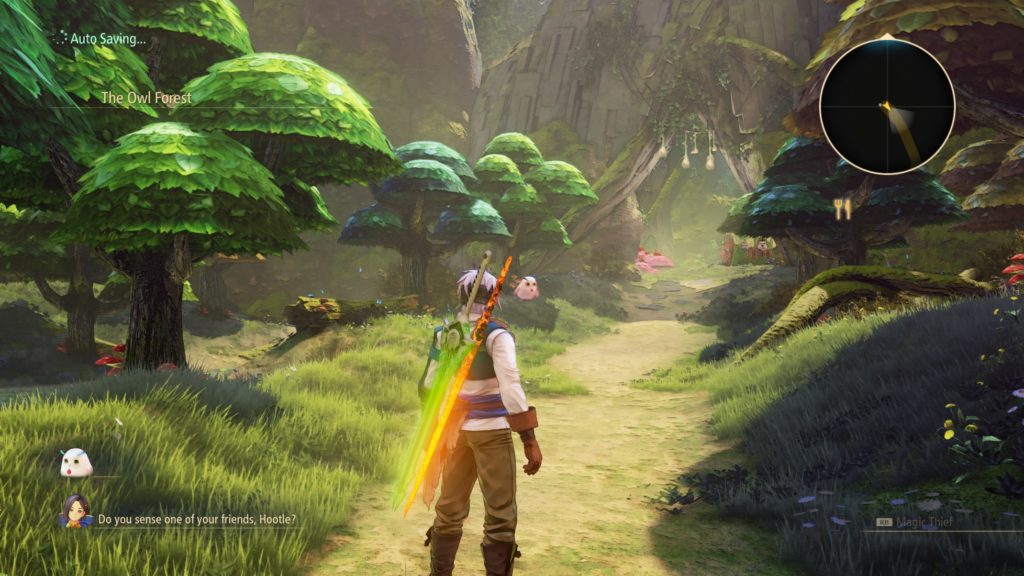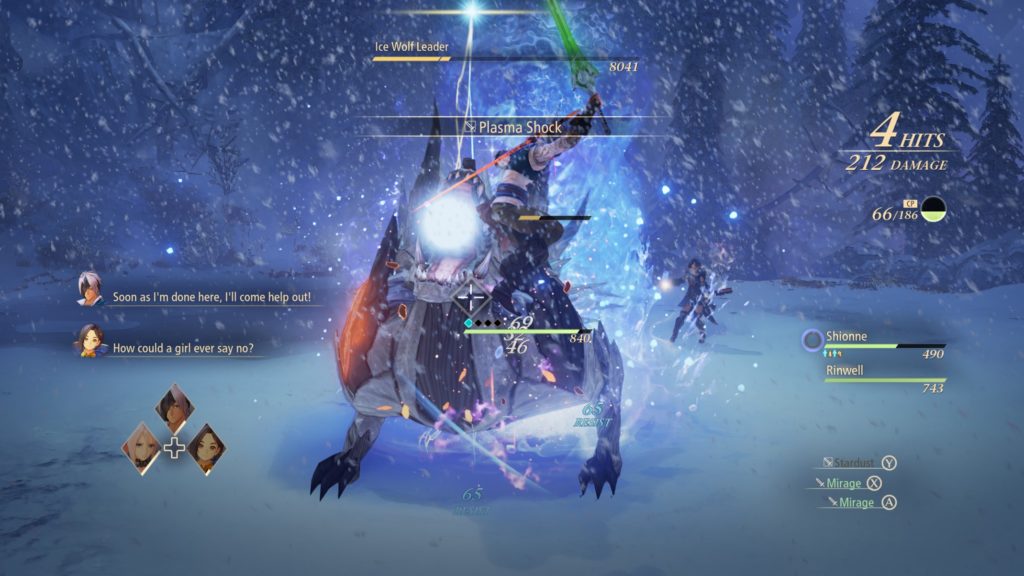The latest instalment of Bandai Namco’s long-running JRPG franchise has way more mainstream appeal than its predecessors, and should interest Final Fantasy fans.
Bandai Namco’s Tales franchise of Japanese RPGs (universally known as JRPGs) has now been in existence for a staggering 25 years. What is equally staggering is that, during that period, it hasn’t really managed to make much of an impression outside of Japan. That’s clearly something which irks the Japanese publisher, and Tales of Arise, as well as being the best instalment of the long-running series is also by far the most mainstream one.
It’s still very much a JRPG, sporting requisite elements such as anime-style graphics, a complex battle system, the opportunity to indulge in some virtual fishing and livestock farming, and an obsession with food which lets you cook party-buffing meals. But it also avoids some of the more outre elements of JRPGs, such as turn-based gameplay and studies of the more obscure social movements among Tokyo’s youth.

Story-wise, it exists squarely in the fantasy realm, which brings to mind the Final Fantasy games – indeed, Tales of Arise feels similar to a Final Fantasy game in just about every aspect. It charts the relationship between two races from neighbouring planets: the Dahnans and the Renans; the latter have subjugated the former, effectively enslaving them, for 300 years, and as you play a Dahnan character initially known as Iron Mask (he is amnesiac, but soon remembers his name is Alphen), the game effectively charts a liberation struggle.
Working as a slave in the Dahnan province of Calaglia – a hot, deserty and inhospitable place – Alphen is able to escape his shackles and hook up with a resistance movement called the Crimson Crows when he encounters Shionne, a mysterious Renan woman who furnishes him with a flaming sword powered by the astral energy which, it turns out, the Renans are harvesting from the Dahnans. The pair, along with an ever-growing party of characters, set out on an epic quest to overthrow the Renan lords of Dahna’s five provinces.
The storyline is great, with plenty of unexpected plot-twists (such as encountering a region where Renans and Dahnans, somewhat deceptively, appear to be happy to work together). Indeed, you’d be hard-pressed to find any aspect of Tales of Arise which is at all sub-par. The action-based, real-time battle system is excellent: you must chain together physical attacks and magical attacks called Artes, which in turn fill your Boost Gauge, letting party members unleash powerful Boost Attacks. Build up your momentum and all party members will combine to unleash a Boost Strike, which essentially constitute one-hit kills for all enemies bar bosses and mini-bosses.
It’s a satisfying and rewarding system which keeps adding nuances and new elements throughout the game. As you level up, your characters’ HP rises, but the main heavy lifting as far as character development is concerned is done by a Skills system. As you progress, new Skills clusters open up for each character, bringing new Artes but also a vast list of buffs and abilities that make your characters much stronger. Picking which ones to spend Skill Points on allows you to shape your characters’ play-styles to a certain extent, although it’s a bit of shame that you can’t reshuffle your Skills once you’ve acquired them.

The level design also impresses: each province of Dahna is very distinctive, has its own unique flora and fauna and offers differing challenges and tasks. The mini-bosses and bosses are nicely realised, too, requiring carefully considered tactical approaches (especially when you acquire more party members than the maximum four who are allowed to fight together). As long as you don’t skip the side-quests, you shouldn’t have to grind much before being able to defeat any of the bosses, even though they are far from easy to take down.
It’s five years since the previous instalment in the franchise – Tales of Berseria – was released, and that longer-than-usual development period has clearly been put to good use. In all discernible aspects, Tales of Arise is beautifully fettled and polished and, because it appears to have taken recent Final Fantasy games as something of a blueprint, it has way more mainstream appeal than the average JRPG.
It’s satisfyingly meaty, with over 30 hours’ gameplay, and we would definitely opine that it has what it takes to enthral fans of Western action-RPGs as well as those who have a soft spot for JRPGs. It may have taken the Tales franchise a whole quarter of a century, but with Tales of Arise, it has finally found a comfortable space of its own in the gaming mainstream.
